Starting a new garden can feel like a fresh beginning—until something goes sideways. Maybe the plants don’t take, maybe the soil’s all wrong, or maybe things just never quite fill in the way you pictured. It’s easy to get swept up in the excitement and miss a few key details that make a big difference down the line.
Horticulturists have seen it all, from planting too deep to choosing the wrong spot entirely. This list gathers some of the most common mistakes they see people make, along with what to do instead. A little planning (and a few honest tips) can save a lot of time, money, and frustration.
Ignoring Soil Quality
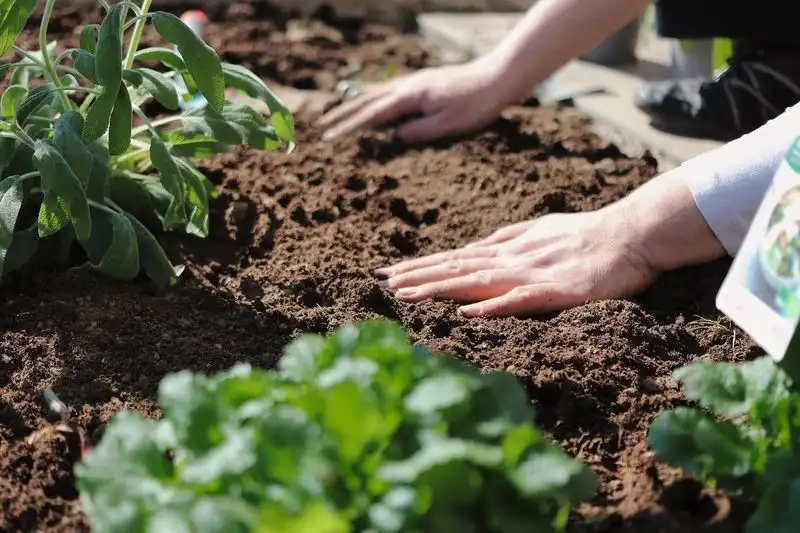
Imagine planting your favorite flowers in barren soil. Ignoring soil quality is one of the most common mistakes new gardeners make. If the soil lacks nutrients, plants struggle to grow. To thrive, a garden requires rich, well-drained soil. Begin by testing soil pH and texture. Amend it with organic matter like compost. Ensuring healthy soil means your garden will flourish. Remember, soil is the foundation of your plants. Neglecting it can lead to disappointing results. Proper soil preparation is the first step in nurturing a vibrant garden.
Overwatering Plants
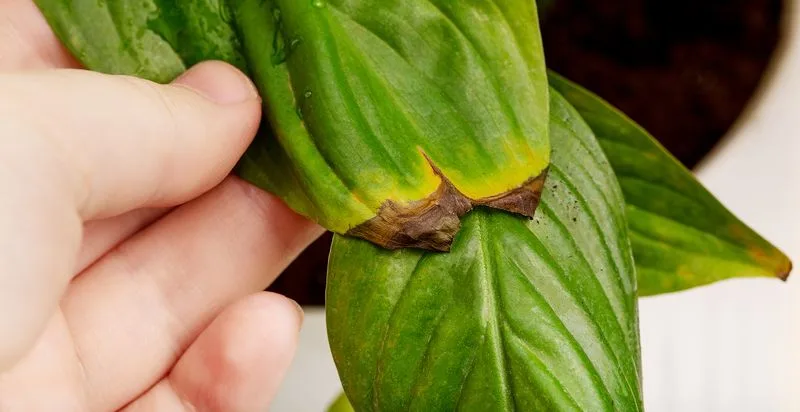
Watering plants might seem simple, yet overwatering poses a serious threat. Too much water suffocates roots, leading to rot and disease. Plants require a delicate balance. Observe their needs, considering weather and soil type. Using a moisture meter can help. Letting soil dry slightly between watering prevents saturation. Overwatering is a common pitfall, especially for newcomers. It’s crucial to develop a watering routine tailored to your garden’s specific requirements. Protect your plants by practicing mindful watering techniques.
Planting Too Close Together

Have you ever seen plants fighting for space? Planting too close is a frequent oversight. Crowded plants compete for nutrients, sunlight, and water. This competition stunts growth and invites disease. Know your plants’ mature size before planting. Space them accordingly to encourage healthy development. Proper spacing ensures adequate airflow, reducing the risk of fungal infections. Visualize your garden’s future layout and resist the urge to cram plants together. Thoughtful planning leads to a harmonious, flourishing garden.
Skipping Mulch
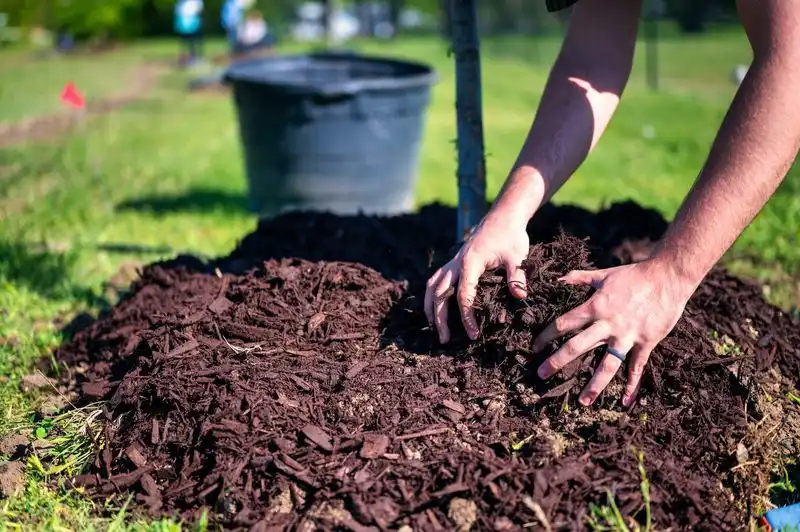
Skipping mulch is like leaving your garden unprotected. Mulch acts as a shield, retaining moisture, suppressing weeds, and regulating temperature. Without it, plants may struggle against harsh conditions. Organic mulches, such as bark or straw, enrich the soil as they decompose. Apply a layer around plants, avoiding direct contact with stems. This buffer zone promotes plant health. Remember, mulching is an essential task, not an optional one. Embrace the benefits of mulch to support your garden’s vitality and longevity.
Ignoring Sunlight Requirements
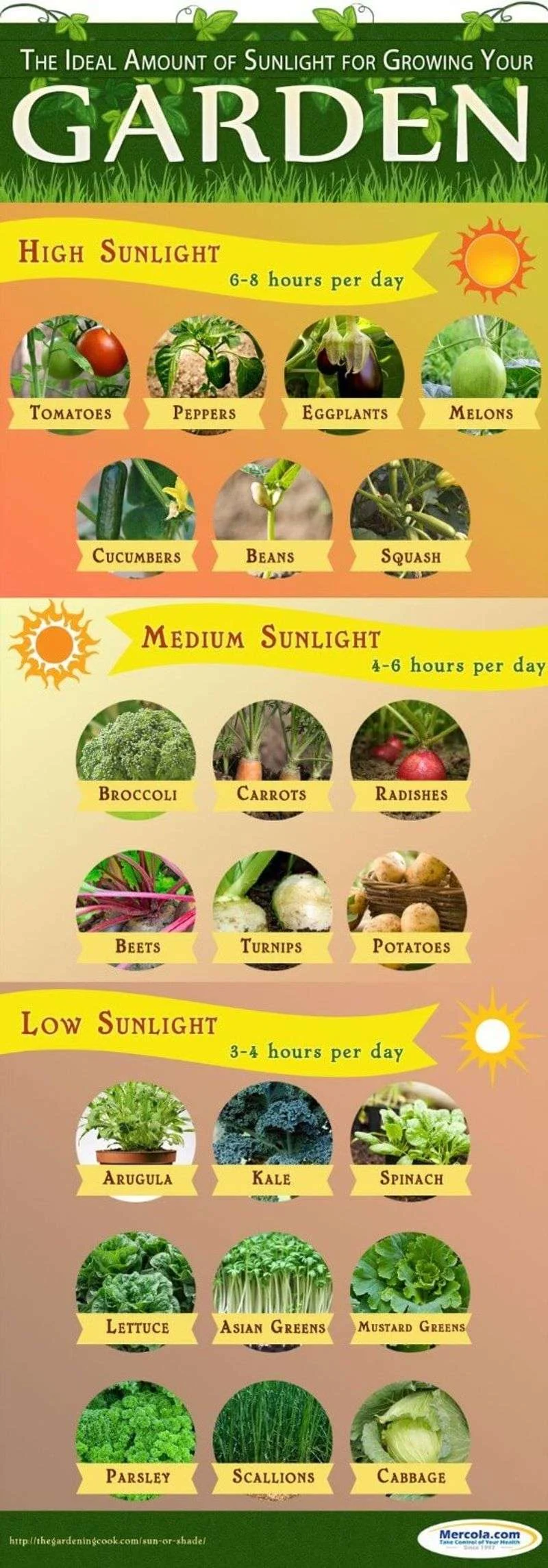
Imagine a sun-loving plant in the shade. Ignoring sunlight needs can doom a garden. Plants have specific light preferences: full sun, partial shade, or full shade. Mismatching plants with their light requirements weakens growth. Observe your garden’s sun patterns before planting. Matching plants to their ideal sunlight conditions ensures vigorous growth. Consider seasonal changes in sunlight too. A well-planned garden aligns plant needs with available light. Respecting sunlight preferences is key to creating a lush, thriving garden.
Neglecting Pest Control
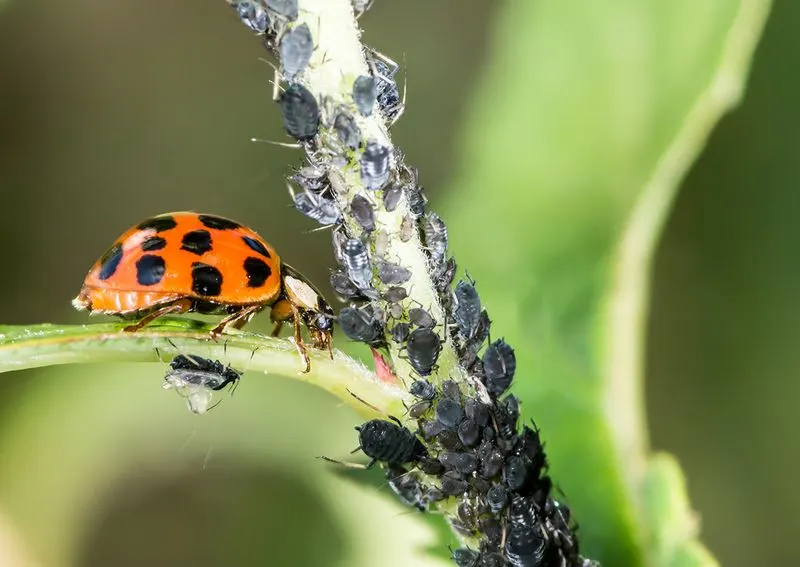
Pests can sabotage your garden dreams. Neglecting pest control allows insects and diseases to thrive. Regularly inspect plants for signs of trouble. Use natural pest control methods like companion planting or neem oil. Encourage beneficial insects such as ladybugs. Address issues promptly to prevent infestations. A proactive approach keeps your garden healthy and productive. Ignoring pests invites destruction, but vigilance ensures resilience. By embracing sustainable pest management, your garden will flourish free of harmful invaders.
Forgetting Seasonal Timing
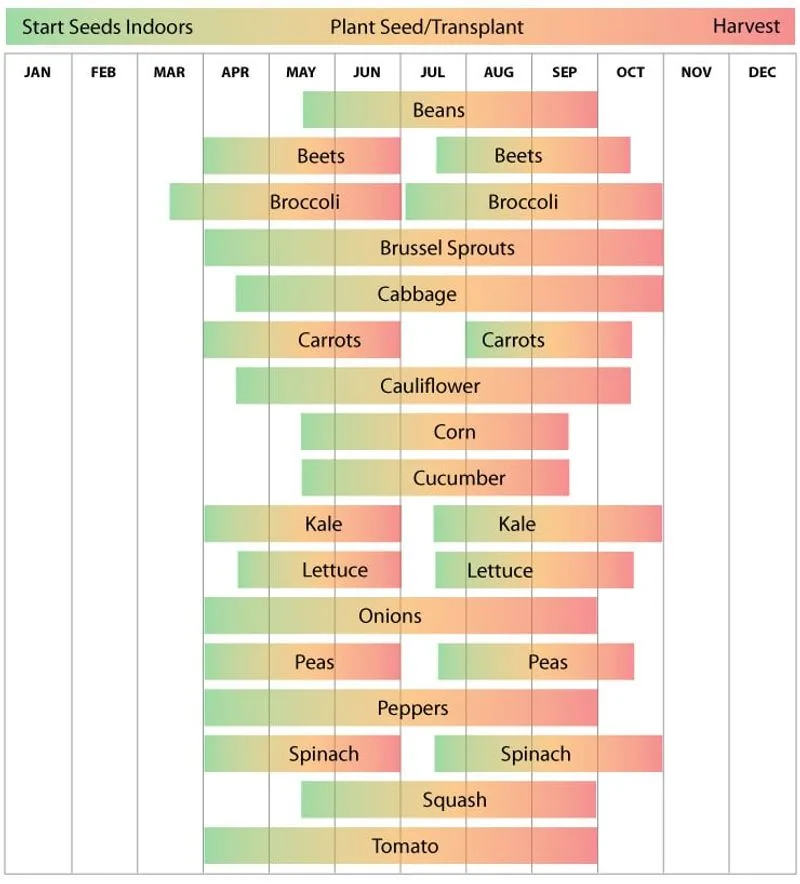
Timing is everything. Forgetting seasonal timing can thwart your efforts. Plants thrive in specific seasons: cool-weather crops like lettuce in spring or fall, while others prefer summer heat. Planting at the wrong time leads to poor growth and yield. Familiarize yourself with local planting calendars. This knowledge guides successful planting and harvests. Understanding seasonal timing aligns your garden with nature’s rhythms. Avoid disappointment by respecting planting windows. A well-timed garden sets the stage for abundant harvests and colorful blooms.
Disregarding Plant Labels
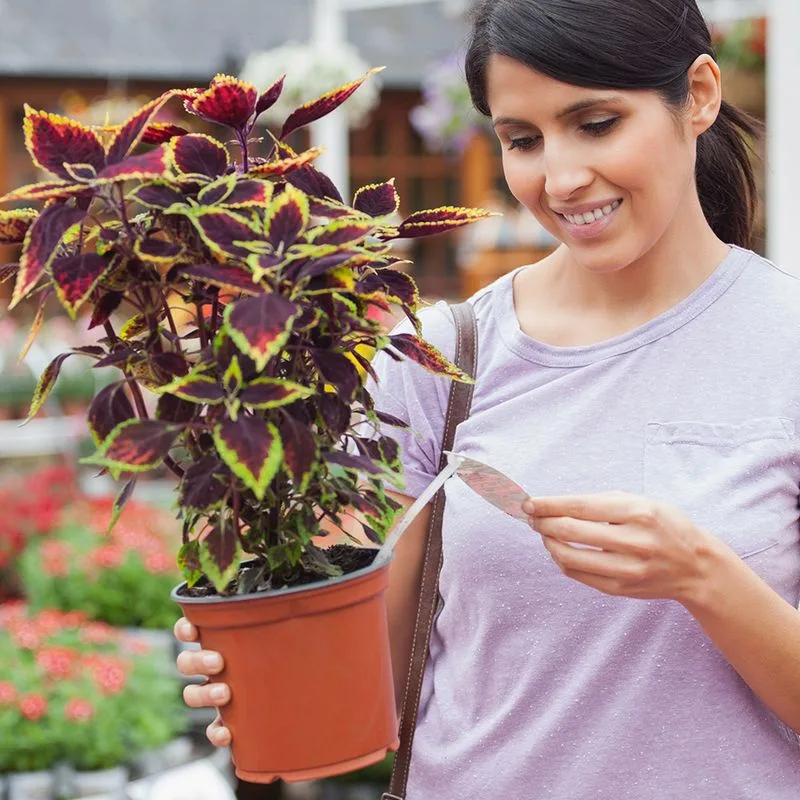
Plant labels are like instructional manuals. Disregarding them leads to confusion and mistakes. Labels provide essential information: sunlight needs, water requirements, and growth habits. Ignorance of these details can harm plants. When shopping for new additions, read labels carefully. Match plants to your garden’s conditions. Understanding plant care instructions ensures successful cultivation. Labels are not mere decorations; they’re keys to informed gardening. Equip yourself with knowledge to foster a thriving, well-maintained garden.
Using Inappropriate Tools
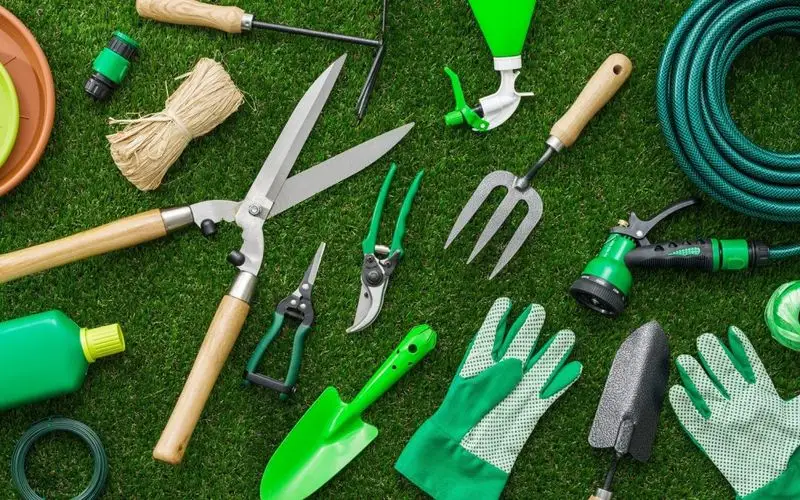
Tools are extensions of a gardener’s hands. Using inappropriate tools complicates tasks and damages plants. Imagine pruning with dull shears or digging with a broken spade. Invest in quality tools suited to your garden’s needs. Regular maintenance keeps them in top shape. A well-equipped gardener works efficiently and safely. Proper tools enhance your gardening experience and results. Avoid frustration by selecting and caring for the right tools. A tool’s condition reflects your gardening success. Equip yourself wisely to achieve gardening excellence.
Ignoring Local Climate
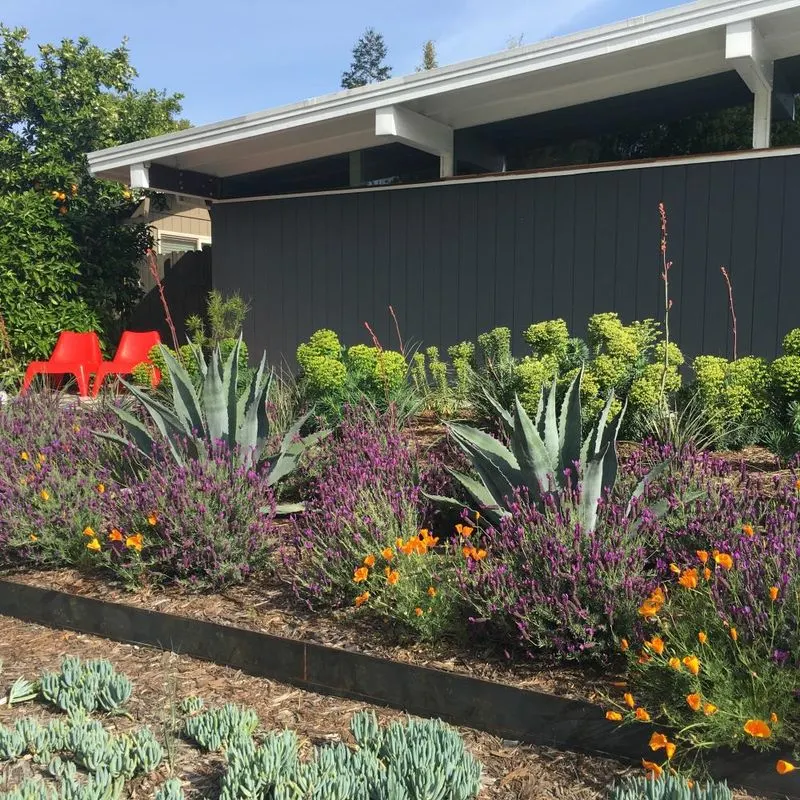
Your garden’s success hinges on climate compatibility. Ignoring local climate leads to plant stress and failure. Choose plants suitable for your region’s climate, considering temperature, humidity, and rainfall. Consult local gardening guides or nurseries for advice. Understanding your climate zone guides plant selection and care. Climate-aware gardening ensures resilient, flourishing plants. Avoid mismatches by respecting your garden’s environmental conditions. A harmonious garden thrives by embracing its natural surroundings. Let climate-conscious choices lead to horticultural triumphs.
Skipping Fertilization
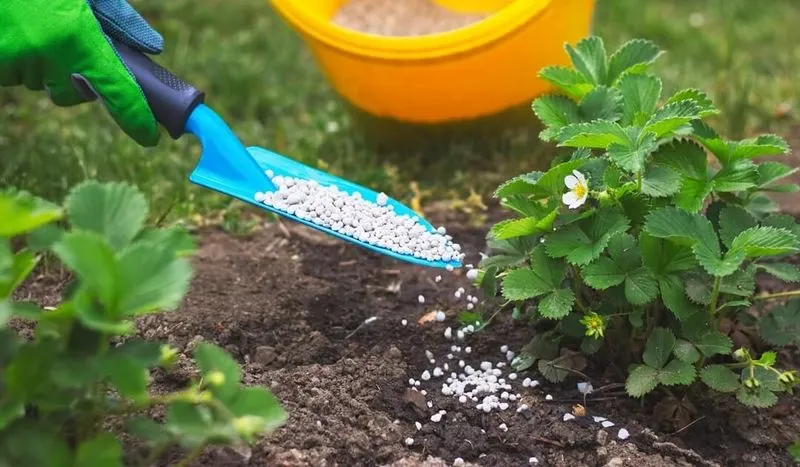
Fertilization is like a nutritional boost for plants. Skipping it starves them of essential nutrients. Fertilizers enrich soil, promoting vigorous growth and productivity. Choose the right type: organic or synthetic, based on your garden’s needs. Apply according to package instructions for best results. Balanced fertilization supports robust plant health. Neglecting this step compromises your garden’s potential. Fertilizing is not optional; it’s crucial for a thriving garden. Prioritize this practice to witness lush growth and bountiful harvests.
Overlooking Companion Planting
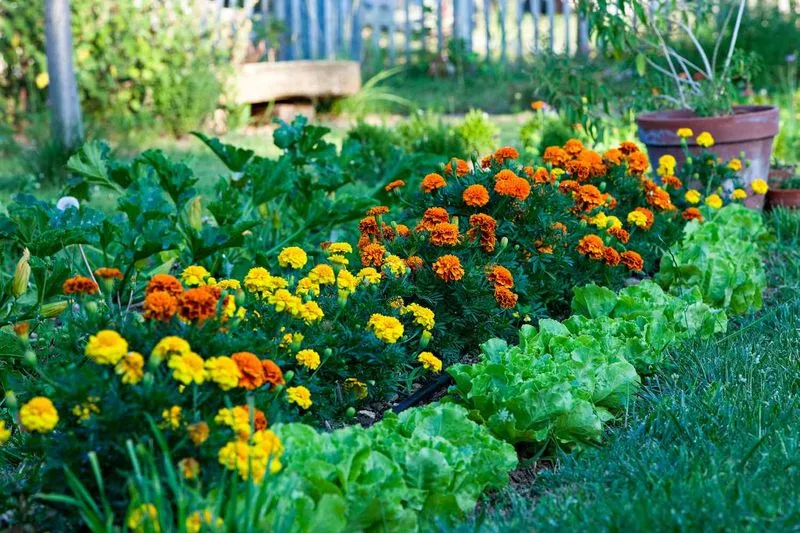
Companion planting is a symbiotic dance. Overlooking it misses a chance to enhance garden harmony. Certain plants thrive together, boosting growth and deterring pests. Research beneficial pairings, like tomatoes and basil. Avoid incompatible combinations that hinder progress. Companion planting transforms your garden into a cooperative ecosystem. Embrace this method to optimize space and resources. A thoughtfully planned garden benefits from nature’s partnerships. Ignoring these relationships limits your garden’s potential. Let companion planting guide your garden toward balanced success.
Neglecting Pruning
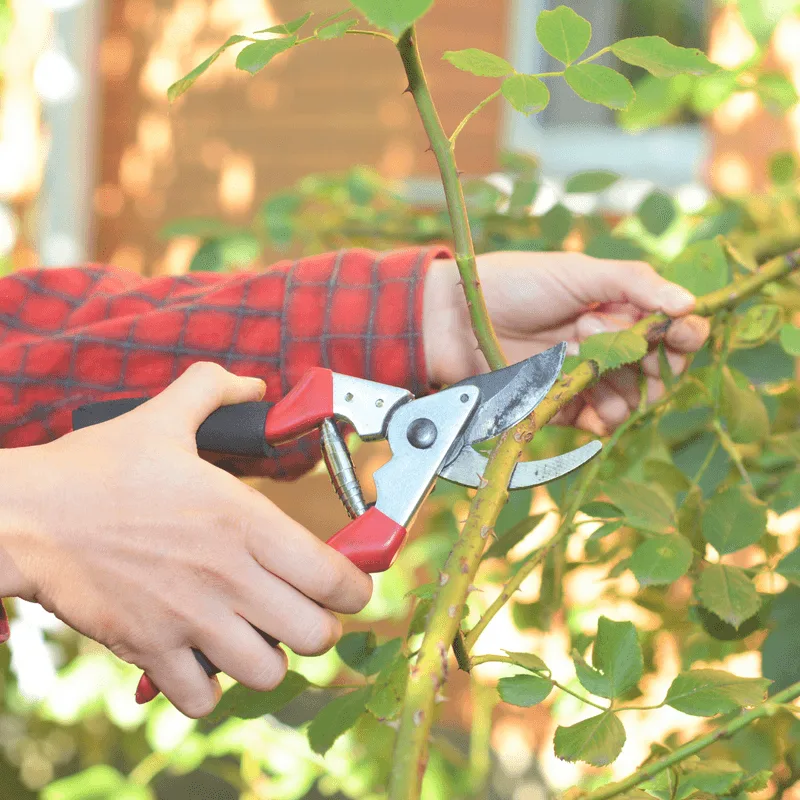
Pruning shapes a garden’s beauty. Neglecting it leads to overgrown, unhealthy plants. Pruning removes dead or diseased branches, encourages growth, and shapes plants. Each plant has unique pruning needs. Learn proper techniques for your garden’s inhabitants. Regular pruning fosters vitality and aesthetics. It’s not just about looks; pruning is essential for health. Avoid common pruning mistakes by educating yourself. A well-pruned garden flourishes and delights the senses. Embrace pruning to maintain a vibrant, attractive garden year-round.
Planting Invasive Species
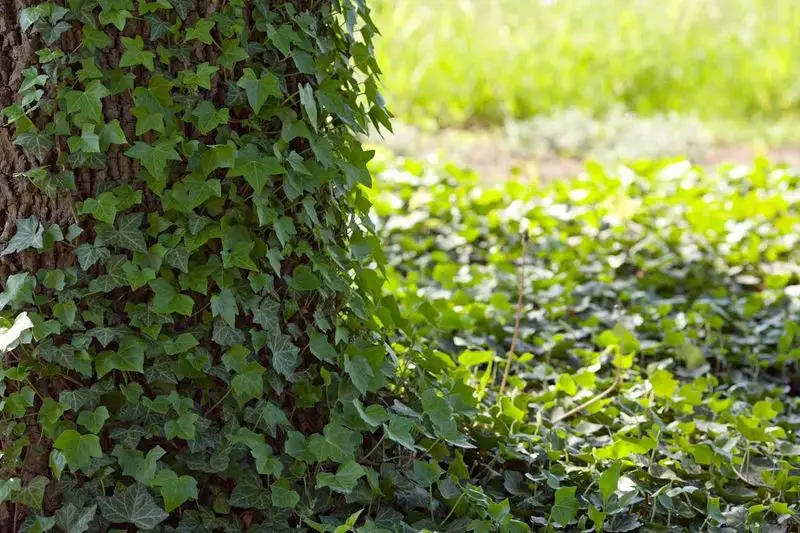
Invasive species are garden bullies. Planting them disrupts ecosystems and crowds out native flora. Research plant choices for invasiveness before planting. Opt for native or non-invasive alternatives. Invasive species spread aggressively, requiring control and removal. They may seem appealing initially but pose long-term challenges. Avoid ecological harm by making informed choices. A garden harmonizes with its environment when invasive species are excluded. Protect biodiversity by selecting plants that coexist peacefully. Prevent unwanted takeovers by prioritizing ecological balance.
Disregarding Plant Lifespan
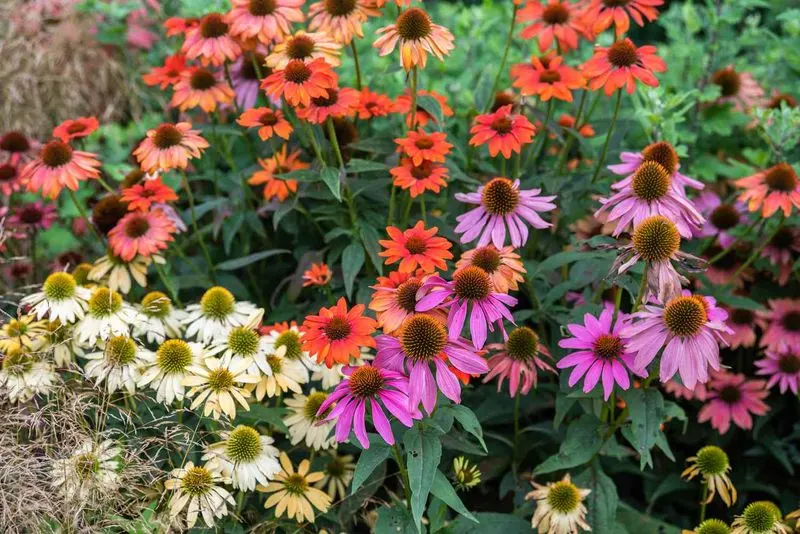
Plants, like all living things, have lifespans. Disregarding them affects garden planning. Understand whether plants are annuals, biennials, or perennials. Each type offers different bloom times and longevity. Planning around lifespans ensures continuous beauty. Replace annuals yearly, while perennials provide lasting presence. This knowledge aids in arranging a garden that evolves gracefully. Avoid surprises by respecting plant lifespans. A well-curated garden considers each plant’s lifecycle, enriching its visual appeal and continuity. Embrace this understanding for a garden that stands the test of time.
Underestimating Maintenance Needs
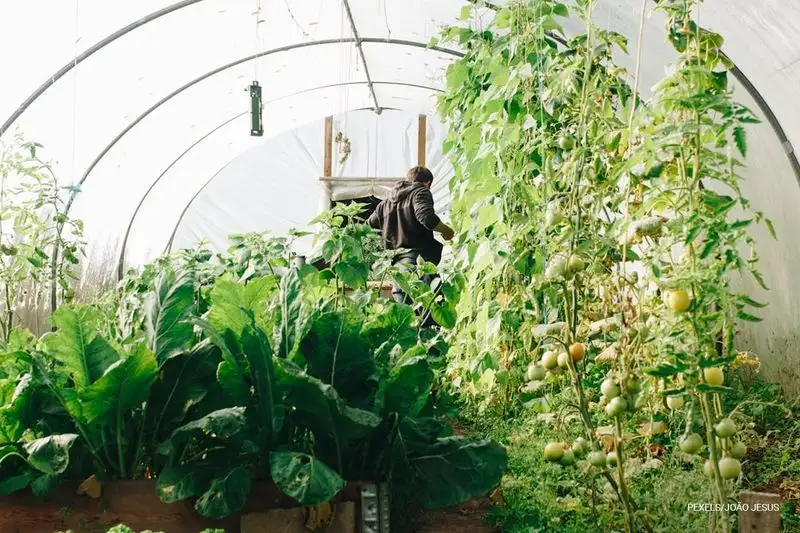
Gardens, like pets, require care. Underestimating maintenance needs can turn beauty into chaos. Regular tasks include watering, weeding, pruning, and monitoring for pests. Establish a maintenance routine to keep your garden thriving. Allocate time and resources for each task. Neglect leads to overgrowth and decline. A well-maintained garden rewards effort with bounty and beauty. It’s not just about planting; it’s about commitment. Embrace the responsibility for a garden that thrives. With dedication, your garden will flourish, providing joy and satisfaction year-round.
Neglecting Proper Spacing
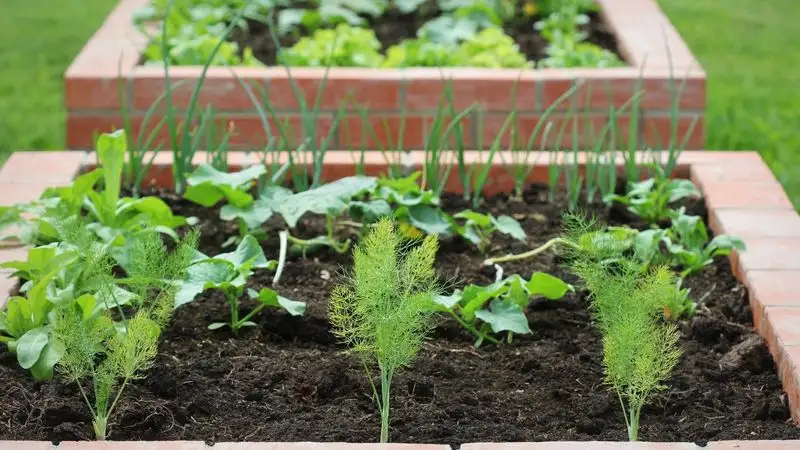
Proper spacing is crucial for a thriving garden. It allows plants to access sunlight and nutrients efficiently, fostering healthy growth. Without adequate space, plants may compete and become stunted.
Consider each plant’s mature size before planting. Crowded conditions can lead to increased disease susceptibility and hinder air circulation. Visualize the garden at full maturity to ensure optimal spacing.
Did you know? Some plants release chemicals to inhibit competitors. Proper spacing can mitigate such effects. Remember, a well-spaced garden promotes harmony and lushness, turning your green space into a vibrant oasis.

